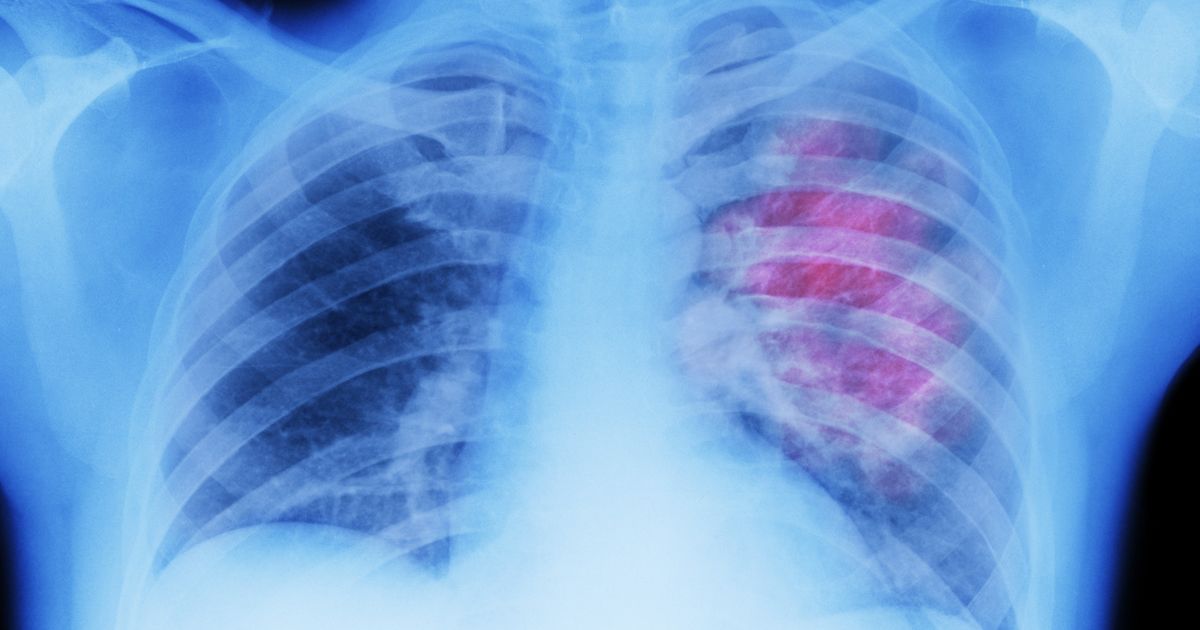Types Of Restrictive Lung Diseases
Restrictive lung diseases refer to numerous chronic lung conditions that directly lessen the amount the lungs can expand when the affected individual inhales. While these diseases don't have any cure, the symptoms associated with them can be managed with different solutions. Since the lungs aren't able to fully expand when a patient inhales, they won't be able to take in as much oxygen as they are supposed to. This also places some restrictions on how much patients will be able to exhale. Since the body requires a certain amount of oxygen to function properly, an individual's rate of breathing will most certainly increase when affected by a restrictive lung disease. Many of these diseases are considered progressive, which means they will get worse as time goes on. Some of the symptoms patients experience with these conditions include weight loss, fatigue, chest pain, anxiety, and shortness of breath. Learn about the types of restrictive lung diseases now.
Rheumatoid Arthritis

Rheumatoid arthritis is a severe and chronic form of arthritis that can cause inflammation in joints and a variety of other areas of the body. This disorder can range from mild to severe. In severe cases, it's possible for affected individuals to suffer from symptoms that affect their heart, eyes, blood vessels, skin, and lungs. This condition is considered an autoimmune disorder, which means it develops when the immune system begins to (mistakenly) attack the tissues around the body. While osteoarthritis affects the joints themselves, rheumatoid arthritis causes problems with the joint lining, which can cause these areas of the body to swell. When swelling occurs, joint deformity and bone erosion may eventually occur as well. While the inflammation primarily affects the joint lining, it can also spread to other areas. Modern medications have made this disorder much more manageable than it once was. Some of the first symptoms patients will experience when affected by this condition include tender and swollen joints, weight loss, fatigue, and joint stiffness, the latter of which is at its worst when individuals wake up or when they've been inactive for lengthy periods. This condition begins by adversely affecting small joints in the fingers or toes but will worsen over time.
Get to know the next restrictive lung disease now.
Sarcoidosis

Sarcoidosis is another common type of restrictive lung disease that causes small groups of inflammatory cells to grow in different areas of the body, primarily the lungs. This is one restrictive lung disease that may be able to go away on its own. However, sarcoidosis can last for a number of years and may cause patients to experience damage to certain organs in their body. When these inflamed tissues develop in the lungs, it's possible for them to alter both the structure and function of the lungs. The symptoms individuals experience with this condition can vary substantially. The most common symptoms associated with sarcoidosis include fatigue, shortness of breath, and a dry cough. Some of the other symptoms patients might experience include kidney stones, an enlarged liver, enlarged lymph glands in the lungs, swollen joints, blurred vision, a hoarse voice, and abnormal heartbeats. The symptoms patients go through may be sudden and severe or very mild to the point they don't even notice them.
Uncover information about more types of restrictive lung diseases now.
